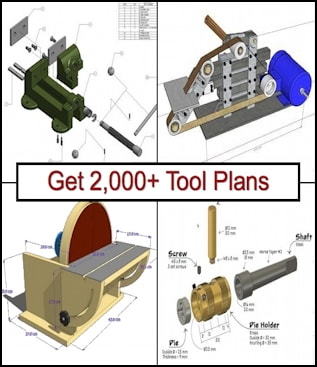Hi Folks. I was hoping to get some info on forming SS pipe at home. I want to use seamless SS pipe to form pulsejet engine shapes without welding. I guess my welding isn't great as they always fail at or near the welds near the constriction. TIA, Ken


 LinkBack URL
LinkBack URL About LinkBacks
About LinkBacks


 Reply With Quote
Reply With Quote


Bookmarks